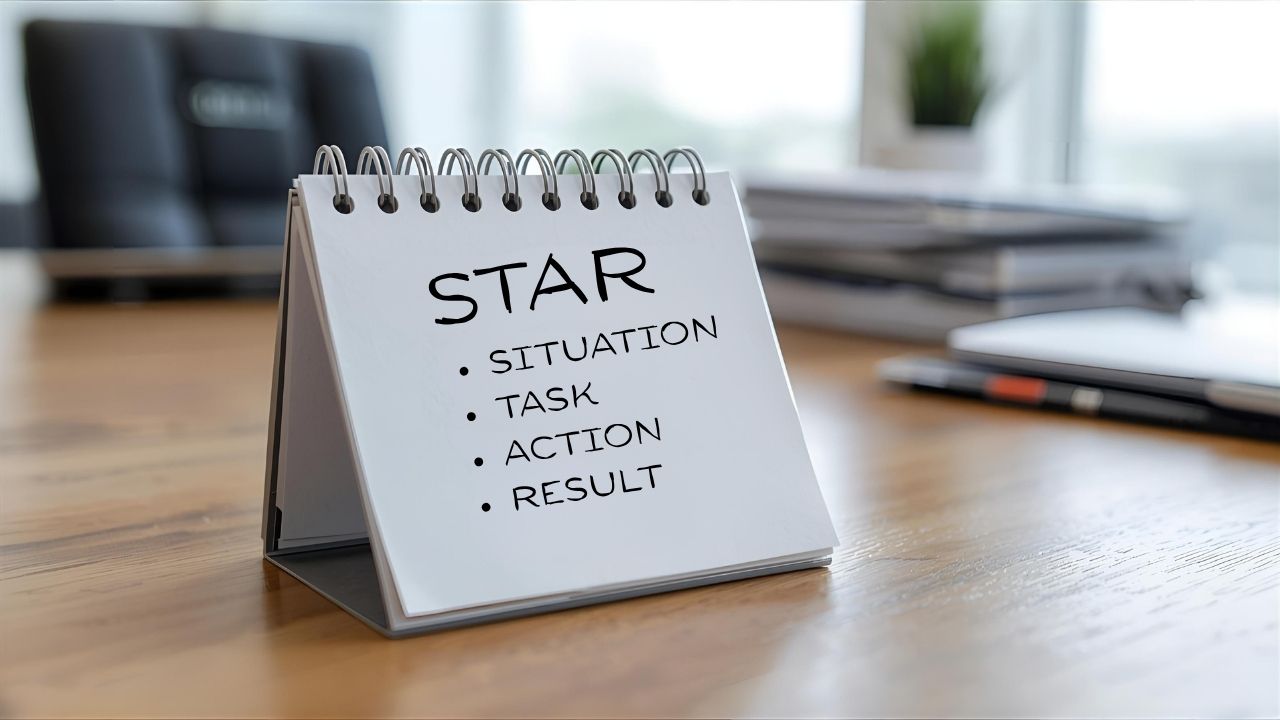Mastering the Interview: A Practical Framework (That Works)

Most of us have been there … sitting across from an interviewer, hoping to strike the right tone, second-guessing whether our answers land, and quietly wondering, “What do they really want to hear?”
Here’s the truth, interviews aren’t about tricking anyone, and they aren’t about memorizing perfect scripts. At their core, interviews are simply a conversation designed to answer three big questions,
- Can you do the thing I need?
- Can you do it even better tomorrow?
- How well will we get along with you?
That’s it. Every question asked in an interview is just a variation of these three.
The Biggest Mistake Candidates Make
After conducting thousands of interviews, the most common mistake I see isn’t lack of preparation or nerves … it’s failing to understand the position they’re interviewing for.
Too often, candidates walk in with generic answers. They know their resume, but they don’t know how to connect it to the actual needs of the role.
Here’s the difference:
- Unprepared candidate: “I managed projects for a team of five and we delivered on time.”
- Prepared candidate: “I know this role requires managing multiple client implementations. In my last role, I led a five-person team through three overlapping projects, each with unique deadlines, and kept all of them on track. That’s the same skill set I’d bring here.”
See the difference? One is information. The other is alignment.
Situational Questions: Be the Shining “STAR”
Situational (or behavioral) questions are where many candidates stumble.
These are the “Tell me about a time you…” or “What would you do if…” questions. Their purpose isn’t to trip you up … it’s to get a window into your decision-making, your resilience, and your ability to contribute meaningfully in the face of challenges.
This is where the STAR Method shines,
- Situation – Set the stage, give context.
- Task – What were you responsible for?
- Action – What did you do?
- Result – What happened because of it?
Simple, direct, clear, and most importantly, focused on what you bring to the table.
The Danger of Skipping STAR
When people don’t use a framework like STAR, their answers often miss the mark. They fall into one of three traps,
- All about the team – “We did this, we achieved that…” (but the interviewer never learns your specific role).
- No value or lesson – Even when the story is good, it’s missing why it mattered or what was learned.
- No purpose – Candidates forget to explain why they did something, which leaves the interviewer guessing about their intent.
The best answers strike a balance, highlight collaboration, but clearly own your contribution. Show the outcome, but also share the insight you gained. That’s what sets apart someone who was just present from someone who truly added value.
Clarity Over Cleverness
Here’s something interviewers rarely say out loud, they can almost always see through cleverness.
When candidates don’t have direct experience, some try to mask it with vague but polished answers. It almost always backfires.
What works better? Transparency.
- “I haven’t led a team of that size yet, but I’ve successfully managed projects with cross-functional groups, and I’m confident I can scale those same practices.”
- “I haven’t used that exact software, but I’ve learned three new systems in the past two years, each in under 30 days.”
Clarity is also honesty … and in an interview, honesty builds trust.
Where My Four Tenets Show Up
I’ve written before about the four tenets I abide by that shape how I think about life, including careers and hiring: Collaboration, Contribution, Growth, and Fulfillment.
What’s interesting is how naturally these tenets show up in interviews … and how the STAR method actually brings them to life:
- Collaboration – The Situation often requires working with others.
- Contribution – The Action is your individual role in moving things forward.
- Growth – And when things don’t go as planned, you walk away with a lesson that makes you stronger.
- Fulfillment – The Result, when successful, delivers the outcome everyone was aiming for.
That’s why STAR isn’t just a method … it’s a mindset. It naturally surfaces the same principles that drive strong careers and strong teams.
Practical Tips
To put this into practice, here are a few things I tell candidates to do before walking into an interview,
- Prep 3–4 STAR stories in advance, a win, a challenge, a time you learned, a moment you grew.
- Review the job description closely … and connect your past experience to what they’re asking for.
- Be ready to ask clarifying questions when situational scenarios feel vague.
- Remember, you’re also interviewing them.
Closing Thought
The right company wants you at your best, not your fakest. They want the clarity of knowing what you’ve done, how you’ve grown, and how you’ll show up tomorrow.
Interviews aren’t about tricking anyone … they’re about discovering whether this is the right place for you to do your best work.
Builder’s Note: This framework comes from years of working with candidates and leaders across industries. If you’re preparing for an interview or building out your team, let’s connect … I’d be glad to share more about how the right process leads to better outcomes on both sides of the table.